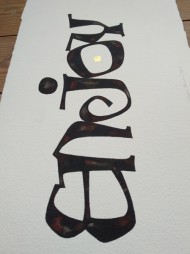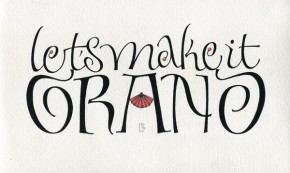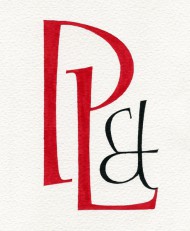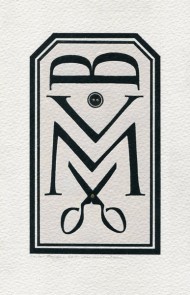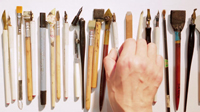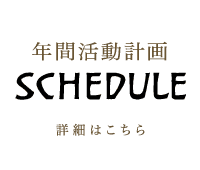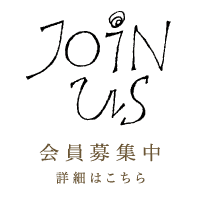リーズベット・ボーデンズ カリグラフィーワークショップの詳細及び申込み要領を、ご案内いたします。
賛助会員と一般の方の申込み開始日が異なります。詳細は下記でご確認ください。
みなさまのご参加をお待ちしております。
☛ お申し込みページはこちら
【申込み方法】
申込み開始日に「NEWS」ページに申込みフォームが掲載されます。
必要事項を漏れなく記載の上、送信してください。先着順にて受付けます。
リーズベット・ボーデンズ カリグラフィーワークショップでは、東京・大阪で、3日コース・2日コースの2講座とスライドレクチャーを開催いたします。両会場にて同じ内容の開催となります。全てのクラス・レクチャーに和英通訳によるサポートが付きます。
※申込みフォームは、優先受付け開始日の3月22日(木)20:00を目途に入力ができるようになりますが、受付け開始時刻の22:00より前に送信されたものは無効になりますので、ご留意ください。
※申込みフォームより送信後、自動返信メールが届きます。
1時間経過しても自動返信メールが届かない場合は、お手数ですが、workshop◎j-laf.orgまでご連絡をお願いいたします。(◎ を @ に変換してください。)
ご連絡いただく際は、送信データとの照合のため下記1〜3を明記してください。
1:送信日時 2:お名前 3:メールアドレス
※直接メールをご送付いただいてもお申込みはできません。ご注意ください。
※スマートフォンから申込みをされる場合、画面操作に問題が無ければ申込みは可能ですが、ご案内のメールには添付ファイルが含まれる場合がありますので、連絡先のメールアドレスには、添付ファイルを受信可能なアドレスをご指定ください。
■申込み開始日
優先受付:2018年3月22日(木) 22:00受付開始
*****賛助会員(フレンズメンバー/サポーティングメンバー)対象
※優先受付でのお申込みは、3月22日の受付開始時点で賛助会員であることが確認できる方に限られます。
※優先申込みの際には会員番号が必要となります。
会員ご登録の際にお送りしているメールに番号が記載してありますので、事前にご確認ください。
会員番号の入力がない場合には、「一般」受付の対象となり優先受付から外れますので、ご注意ください。
会員番号がわからない場合には、早めにmembership◎j-laf.orgまでお問い合わせください。(◎を @ に変換してください。)
一般受付:2018年3月29日(木)22:00~
■締切り日
2018年4月22日(日) 24:00まで
受付の状況は、J-LAFのウェブサイトにて随時アップデートいたします。
締切日以降に定員に空きがある場合には、その後の申込みも受付けます。空きの有無はJ-LAF ウェブサイトでお知らせします。
【ワークショップ・スライドレクチャー講座概要・開催日程・会場】
○参加者に必要なスキルの目安:各コースの詳細の中に提示がありますので、ご確認ください。
○全日程に、和英通訳によるサポートが付きます。
〇東京の会場につきましては、決定次第J-LAFウェブサイトにてお知らせいたします。
■ ワークショップ ■
WS① 斬新な文字のデザインと表現 – Design & Interpretation for Extraordinary Letters

<講座概要>
このワークショップの課題は、自分で選んだ詩、フレーズ、文章、あるいは2つ3つの名前の組合せを使って表現力豊かな作品を作ることです。
ローマンキャピタル体をベースにして文字のビルトアップと鉛筆で小さなスケッチを描くところから始めます。講師の作品をお手本に、文字をデザインするプロセスを進めます。
自分で描いたデザインを大きく拡大コピーし、調整を重ね、より洗練された文字にしていきます。
作品制作の途中、何度かグループディスカッションを行い、それぞれの作品について話し合う場を設けます。独自のドローイング方法やユニークな文字を作り上げながら、ガッシュや水彩絵具で描いた、個性豊かに表現された作品を完成させるゴールまでの行程を通して、自分だけの文字の持つ意味について学びます。
<受講者のレベル>
ローマンキャピタル体の成り立ちを理解できているレベル。
※ ご自身のレベルが気になる方は、指導を受けている先生にご相談ください。
 <東京会場>
<東京会場>
開催日時:7月6日(金)~8日(日)
*****10:00 – 16:30
会場: 未定(東京23区内の予定)
定員: 15名 満席となりました
受講料: 30,000円
<大阪会場>
開催日時:7月14日(土)~16日(月・祝)
*****10:00 – 16:30
会場:エル・おおさか(大阪市中央区北浜東)
*****704号室(14日)
*****第3研修室(15日・16日)
***http://www.l-osaka.or.jp/pages/access.html
定員: 15名 満席となりました
受講料: 30,000円
WS② モノグラム制作 – Creating a Personal Monogram

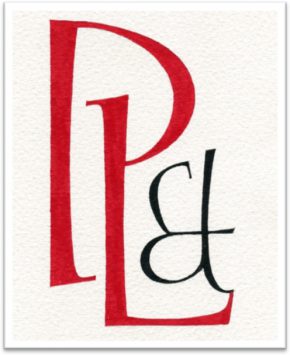
<講座概要>
モノグラムは2つ以上の文字を組み合わせて作る個性溢れるデザインです。名前のイニシャルを組み合わせて作ることがほとんどですが、そこに装飾的な要素や小さな枠を組み込んだりすることも有効です。
2日間のレッスンを通して、組合せの構成、調和、コントラスト、色合いを考え、時には飾りやフレームを取り入れたりしながら、鉛筆で沢山のスケッチ(下書き)を作り、異なったスタイルの文字の最も有効かつ面白い組み合わせによるデザインを、探り出していきます。
講師の作品をお手本に、文字をデザインするプロセスを進めます。
このワークショップのゴールは、ガッシュで描いたそれぞれの個性に溢れた素敵なモノグラムを完成させることです。
<受講者のレベル>
ローマンキャピタル体の成り立ちを理解できているレベル。
※ ご自身のレベルが気になる方は、指導を受けている先生にご相談ください。
 <東京会場>
<東京会場>
開催日時:7月10日(火)・11日(水)
*****10:00 - 16:30
会場: 未定(東京23区内の予定)
定員: 15名 満席となりました
受講料: 20,000円
<大阪会場>
開催日時:7月19日(木)・20日(金)
*****10:00 - 16:30
会場:エル・おおさか(大阪市中央区北浜東)
*****第5研修室(19日・20日)
***http://www.l-osaka.or.jp/pages/access.html
定員: 15名
受講料: 20,000円
■ スライドレクチャー ■
スライドのタイトル:Boudens Time Six
<講座概要>
ご存知の方も多いと思いますが、リーズベットは家族の多くが才能溢れるカリグラファーである、芸術一家ボーデンズ・ファミリーのメンバーです。今回のワークショップの一環として、ボーデンズ・ファミリーの作品を集めた画像を解説付きで紹介してくださる貴重な機会です。
<受講者のレベル>
経験値を問わず、どなたでも参加可能です。
<東京会場>
開催日時:7月7日(土) 18:00 ― 19:30 (17:30開場予定)
*****当日のワークショップのレッスン後、継続して実施いたします。
会場: 未定(東京23区内、ワークショップと同会場)
定員: 25~30名(会場の定員に寄り決定いたします)
参加料: 1,000円 スライドレクチャーのみに参加の場合
<大阪会場>
開催日時:7月15日(日) 18:00 – 19:30(17:30開場)
*****当日のワークショップのレッスン後、継続して実施いたします。
会場: エル・おおさか(大阪市中央区北浜東)第3研修室
*****http://www.l-osaka.or.jp/pages/access.html
定員: 25名
参加料: 1,000円 スライドレクチャーのみに参加の場合
■キャンセルについて
受講料・参加料の支払期限までにお振込みがない場合には、受講はキャンセルとみなし、キャンセル待ちの方に順に連絡させていただく場合がありますのでご注意下さい。ご旅行など、振込が間に合わない事情のある場合には、前以ってご連絡をお願い致します。振込後のキャンセルについては原則として返金をいたしません。ただし、次の受講者がいる場合には、1,000円を差し引いた残りの金額を受講者の調整が終了した時点でご返金いたします。
WSに関する質問、ご意見はworkshop◎j-laf.orgへお願いいたします。
(※◎を@に変換してください。)
ワークショップ担当: 久 賀 真 弓
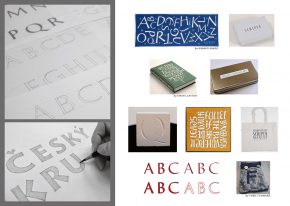
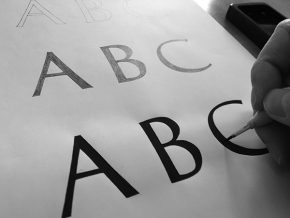
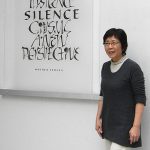

 <東京会場>
<東京会場>

 <東京会場>
<東京会場>